By Brad Reynolds
Historical controversy has famously surrounded Admiral Richmond K. Turner. In his responsibility as Director of the War Plans Division, he was to inform Admiral Kimmel, Commander of the Pacific Fleet, of Japanese diplomatic threats alluding to military retribution for souring political relations. Though information surrounding the subsequent Pearl Harbor attack would not come into question until after the war, allegations surrounding Admiral Turner’s negligence and disregard for communication within his chain of command would continue throughout World War II. Turner’s shortcomings would instigate what is seen as the U.S. Navy’s worst defeat in the South Pacific, and arguably in its history, at the Battle of Savo Island.
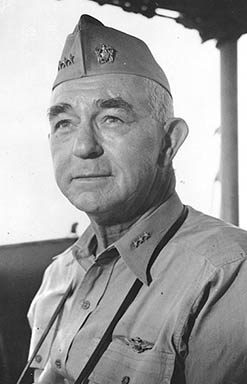 Following the initial invasion of Guadalcanal in August of 1942, the main Allied carrier force left the area for refueling and rearmament. The remaining American Naval forces, under the command of Admiral Turner, were positioned in screening formations to protect Marine transport ships. Allied ships were positioned west of Savo Island as an advanced warning force, guarding the entrance of St. George Channel, where Allied beachheads had been created.
Following the initial invasion of Guadalcanal in August of 1942, the main Allied carrier force left the area for refueling and rearmament. The remaining American Naval forces, under the command of Admiral Turner, were positioned in screening formations to protect Marine transport ships. Allied ships were positioned west of Savo Island as an advanced warning force, guarding the entrance of St. George Channel, where Allied beachheads had been created.
How Richmond K. Turner Lost 1,077 Lives in 32 Minutes
On the morning of August 9th, a Japanese naval attack would wreak havoc on Allied ships protecting their transports. Though Allied ships were equipped with newly acquired radar systems, ill-trained crews mistook advancing Japanese forces for existing land formations. Japanese ships would easily enter the channel, sinking four Allied heavy cruisers, and damaging four destroyers within thirty-two minutes. American forces were untrained for cooperation with other Allied ships, partially because Admiral Turner had failed to implement the tools necessary to quickly relay a cohesive battle plan throughout the fleet. Turner’s command of American naval forces at the Battle of Savo Island was defined by general confusion and friendly fire, costing the lives of 1,077 Allied sailors during those fateful thirty-two minutes.
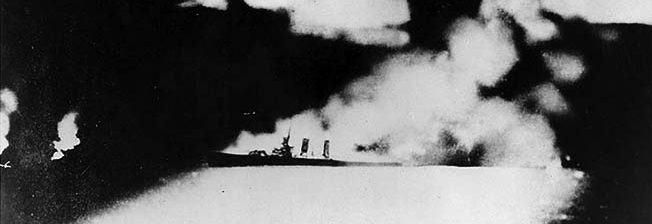
Turner would later blame the embarrassment of the Battle of Savo Island on a lethargic state of mind bred from the feeling of “technical and mental superiority over the enemy.” A Naval investigation would look into the ineptitude of American command at Savo, which had been a dose of reality for supposed American Naval superiority. “Terrible” Turner would not be censored by the investigation, but he would allow Captain Bode, a lower commander present at Savo, to become the scapegoat. Bode would later commit suicide in 1943. (Read more about the leaders of WWII and the deeds that made them famous inside the pages of WWII History magazine.)
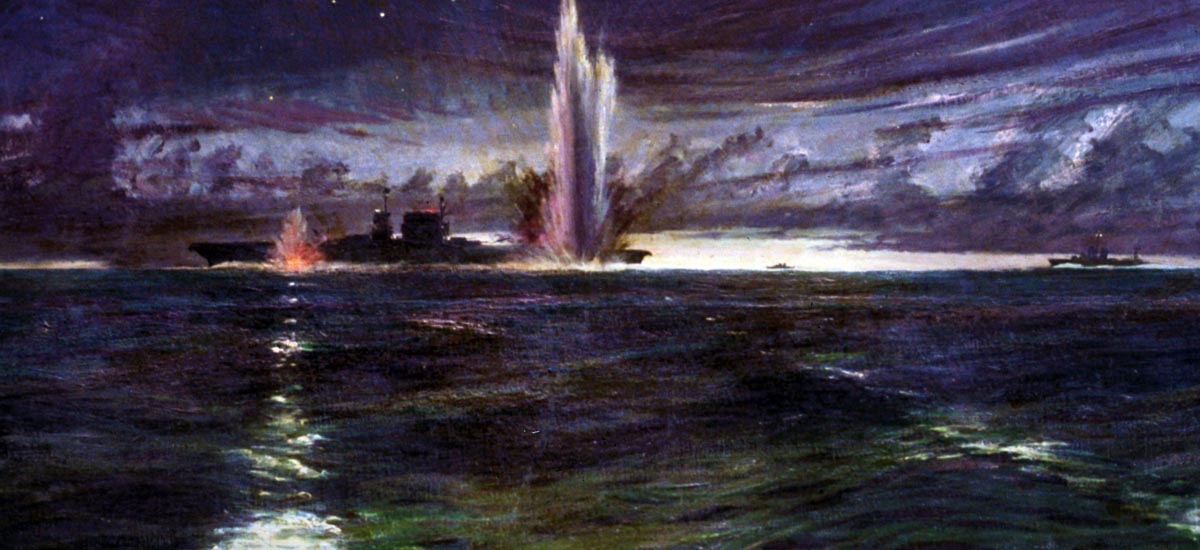
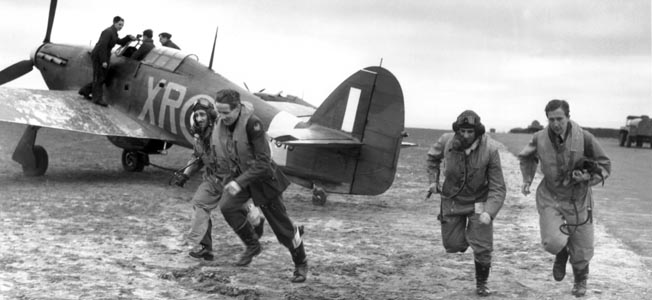
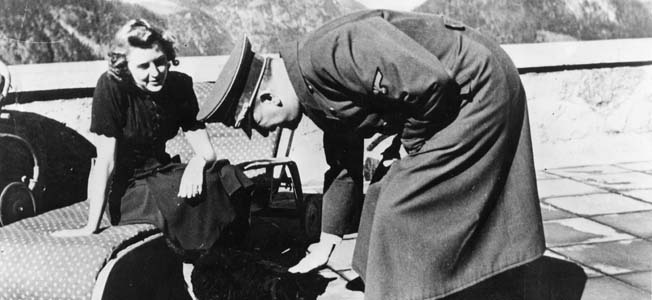
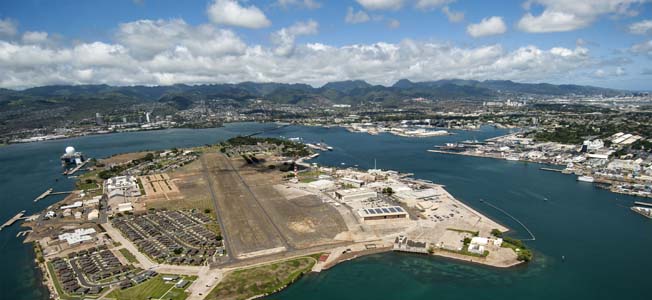
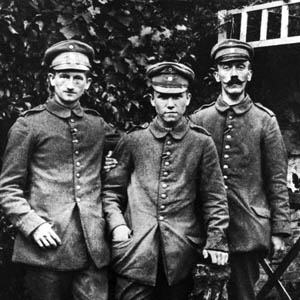
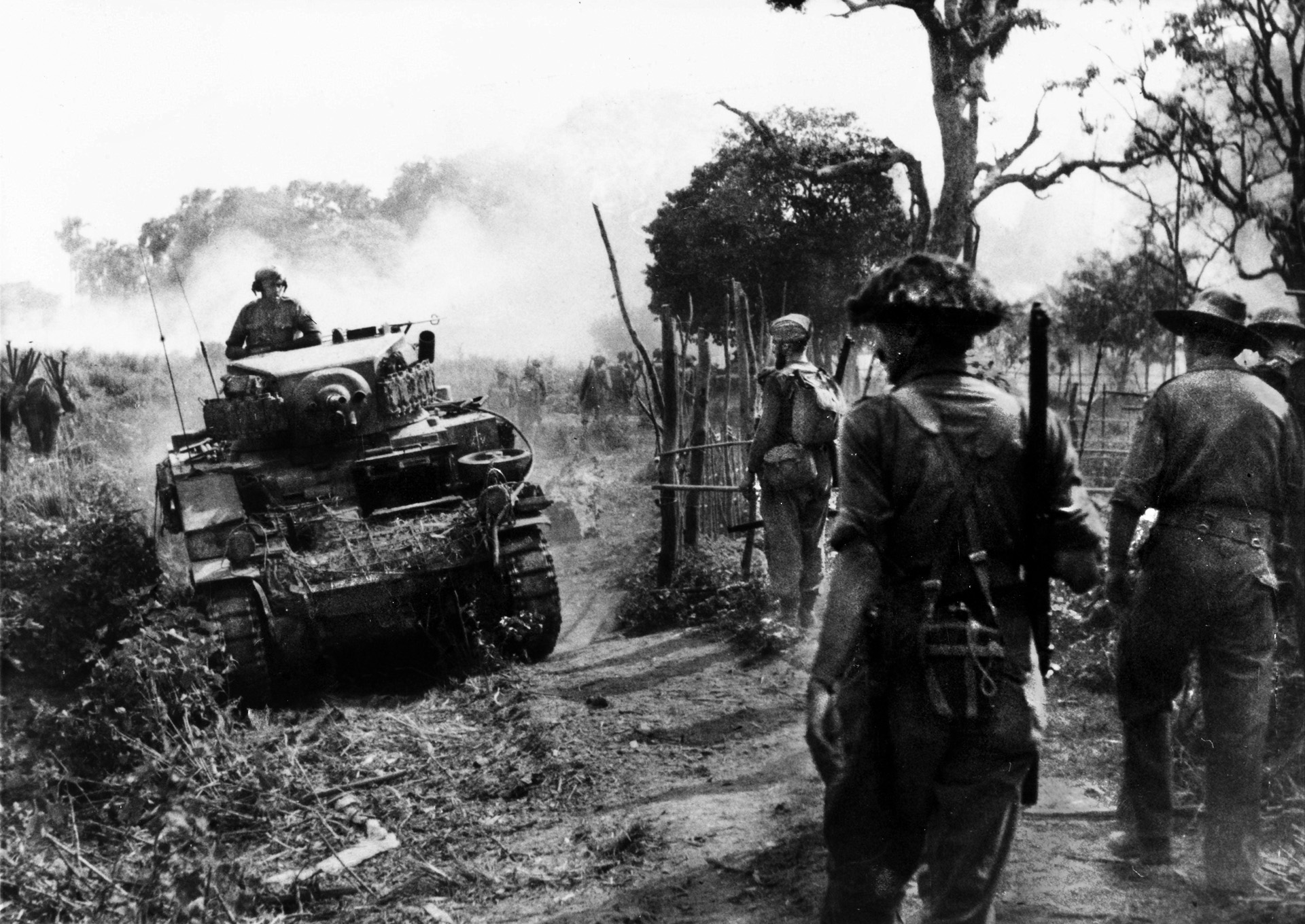
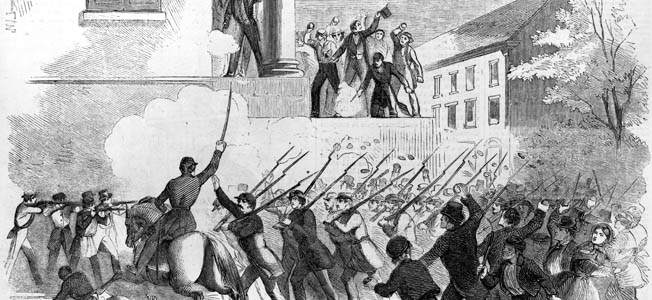
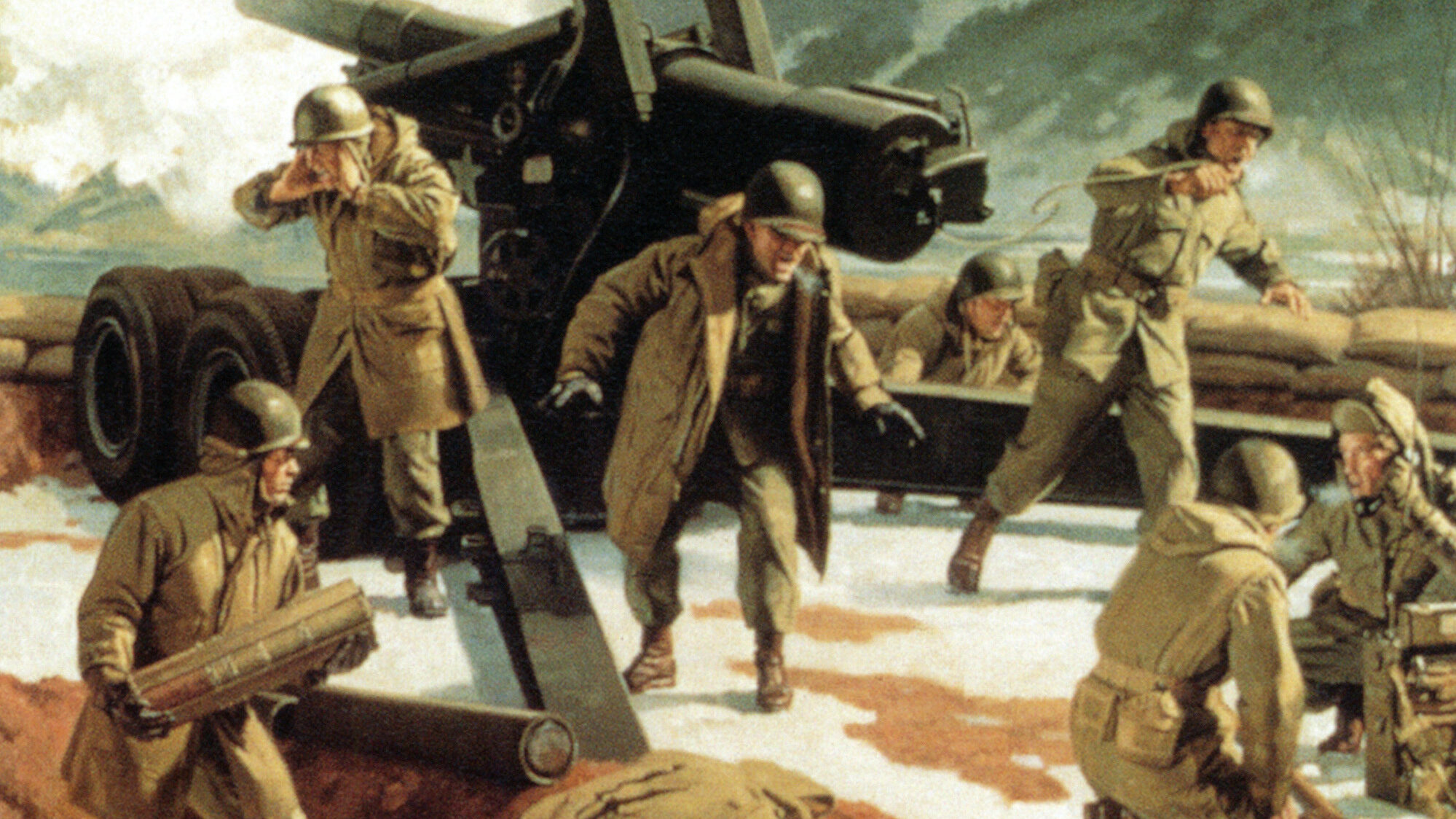
While the battle of Savo Island was a smashing defeat for the U.S., it must be taken in the larger theater picture. This was less than 12 months after Pearl Harbor, and the growing pains of a Navy were still evident. Even after Midway, few seemed to grasp that aircraft carriers would be the way forward. Let us not forget that the invasion of Guadalcanal was supported by limited air cover from Fletcher’s carriers, which withdrew on 8 Aug, the very day they should have been scouting and locating the incoming Japanese counter attack. Turner is overall responsible as no one escapes their duties, but couple all the features together of the Japanese long lance and skills at night against an un-practiced alliance group with insufficient air cover (during the day) and the result is all but pre-ordained. Nimitz said Turner was “brilliant, caustic, arrogant, and tactless — just the man for the job.” The successful, albeit costly amphibious campaigns of the Pacific theater are due to him being right where he was supposed to be.
There was plenty of blame to go around. Starting at the top:
1) “caustic, arrogant, and tactless”.Nimitz made several poor leadership judgements of character of his admirals, that led to the disastrously fallacious assumptions made at Savo island (lack of scouting, and only two picket destroyers with inadequate radar training, lack of night-fighting capabilities), the carrier losses in the later Solomon battles , the unguarded strait at Samar. and near sinking of USS Franklyn in 1944. In all cases, there was an arrogant assumptions by arrogant leaders, who assumed that what could happen, would not happen to me, which led to underestimating you opponent (a cardinal sin that gets your people killed, because of failed contingency planning).
2) Shifting blame downward is a sign of flawed character.
3) Blaming “lethargic state of mind bred from the feeling of “technical and mental superiority over the enemy.” is self-condemning of the upper management, whose job is to prepare/train their men for what could happen. By the time of Savo island, there was an abundance of evidence of Japanese capability as well as a lack of American training and preparation. These are admiral-level failures.
Turner also managed to hand blame to Admiral Jack Fletcher for the failure, for withdrawing his carriers Enterprise and Wasp from the Guadalcanal support area to refuel. History ignores that Fletcher had to withdrawal them at some time (they had to refuel), and that he — Turner — was in overall tactical command of the remaining forces, which were still quite substantial. Furthermore, the battle occurred at night, and the US Navy had not yet mastered carrier night flight tactics. This meant air support could not have rendered assistance if they were there. A famous quote was that “Turner blamed everyone but Mother Theresa” for the defeat. In another capacity, Turner played a significant role in the Pearl Harbor defeat. That remains for others to discuss.